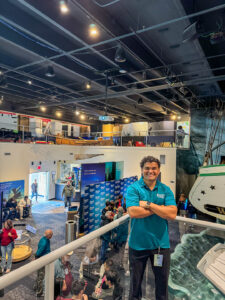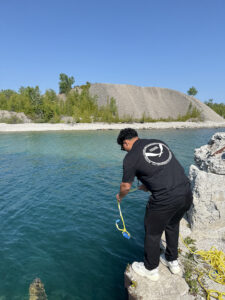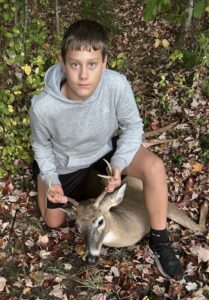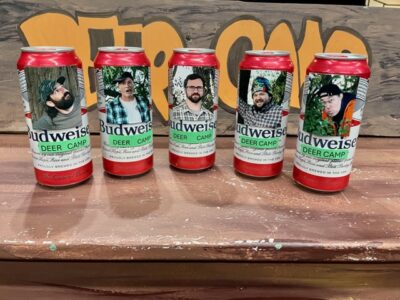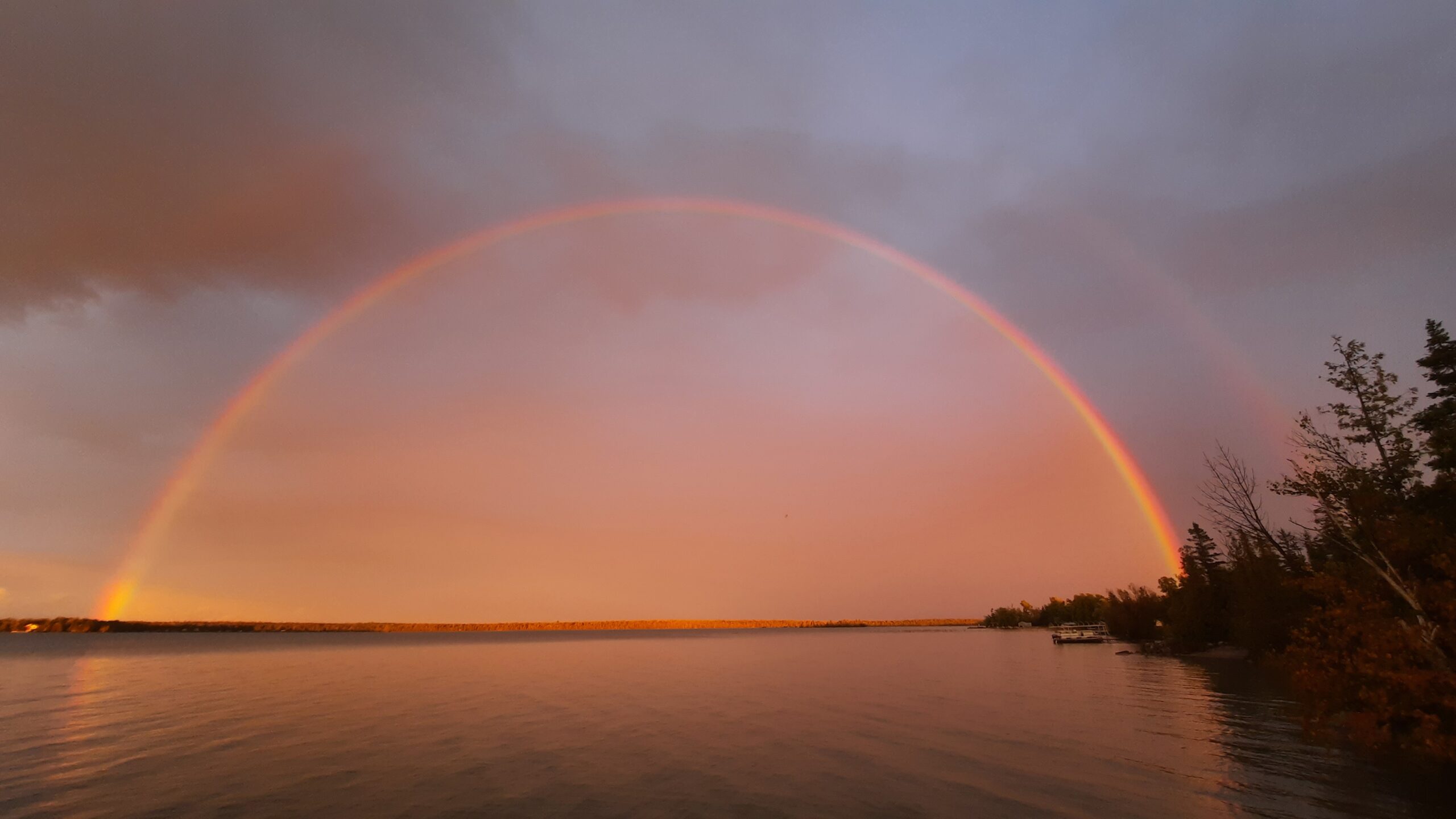Interning on The Great Lakes
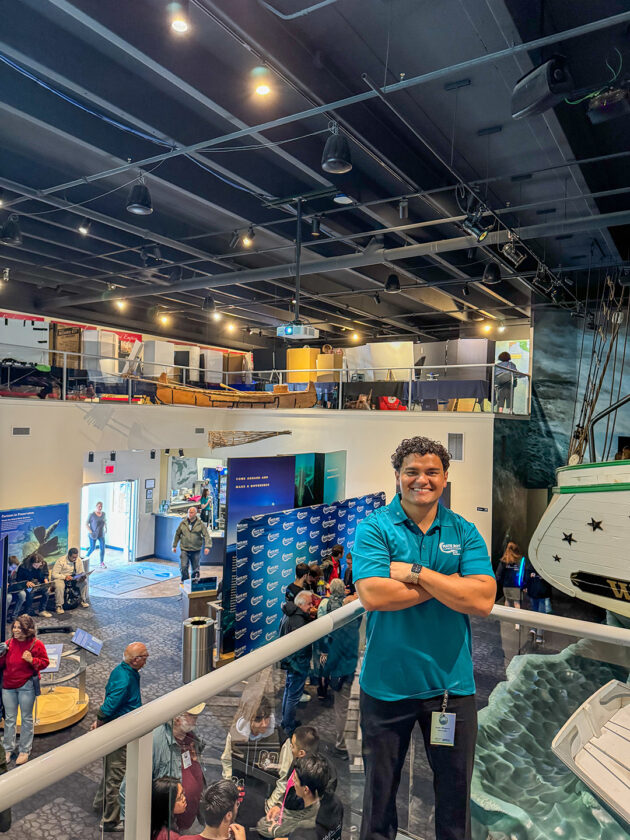
Courtesy Photo Luis M. Acevedo Soto is seen inside the Great Lakes Maritime Heritage Center during the MATE ROV competition in June. He said he volunteered during that event.
ALPENA — Luis M. Acevedo Soto, a summer intern for the Thunder Bay National Marine Sanctuary (TBNMS), says his favorite part of Alpena is how connected the people are to the Great Lakes.
Acevedo Soto is a rising senior at the University of Puerto Rico and has plans to move onto a master’s program focusing on biology. His interests in study relate to extremophiles, organisms that live in extreme environments.
He has spent his summer interning at TBNMS, collecting samples for the sanctuary’s freshwater acidification monitoring project, deploying mooring buoys, learning about shipwrecks, and more.
He told The News that he appreciates how connected community members are with the Great Lakes because it reminds him of how connected people in Puerto Rico are to the ocean.
“I realized why you can see these lakes from space,” Acevedo Soto said, regarding his first trip to open waters in the sanctuary.
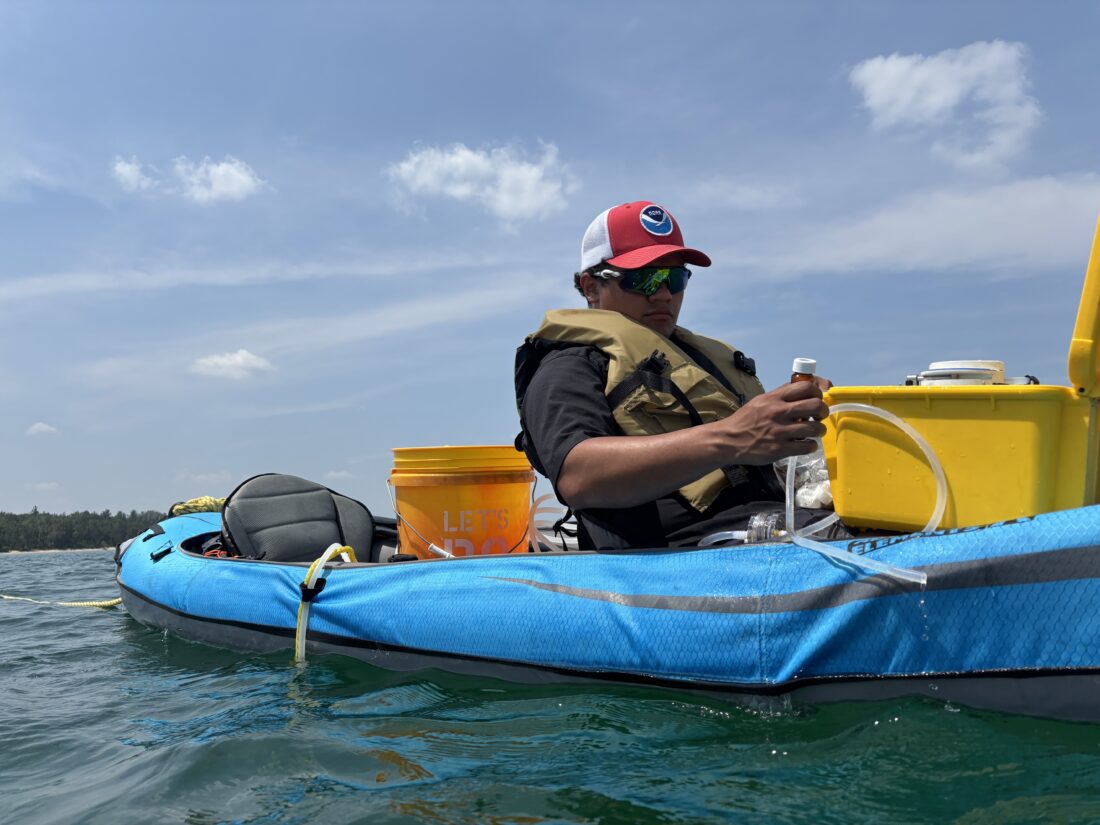
Courtesy Photo Luis M. Acevedo Soto, a summer intern for the Thunder Bay National Marine Sanctuary, is seen collecting water samples in the location over the Joseph S. Fay shipwreck.
He explained that there have been some learning curves and challenges as to how to navigate Northeast Michigan environments. He commented that he was surprised how quickly the weather changes.
“Where I’m from it’s always warm … OK, these people are used to this,” Acevedo Soto said.
He commented on how unique the Great Lakes region is when compared to oceanic ecosystems.
“Never in my life have I seen dead fish floating in the water,” Acevedo Soto said.
Acevedo Soto explained that compared to oceanic ecosystems, there are not enough predators in the Great Lakes to manage marine life. If a marine animal dies in the ocean, there will always be a predator to take care of it. That doesn’t necessarily happen in the Great Lakes.
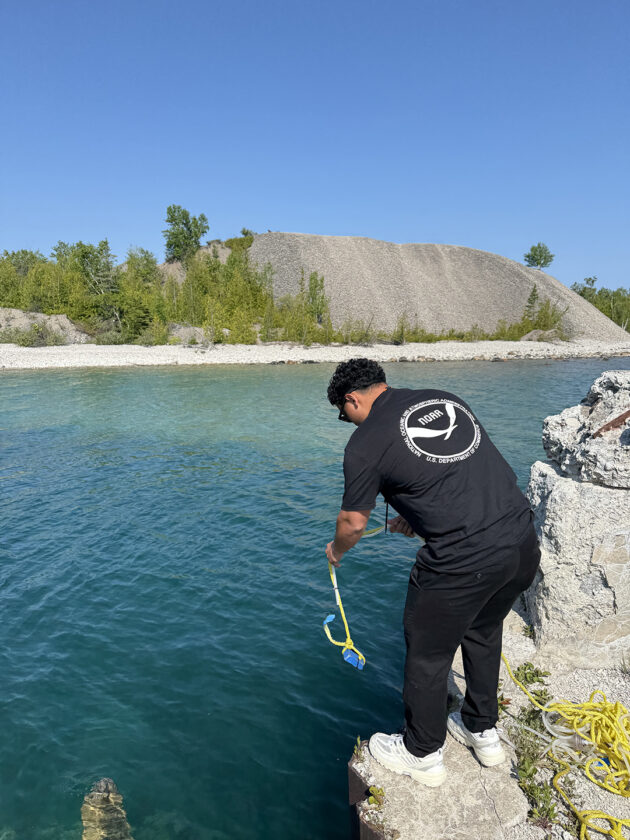
Courtesy Photo Luis M. Acevedo Soto is seen collecting water samples from Rockport State Recreation Area, one of seven sites he collects samples from.
“This is a unique place,” Acevedo Soto said. “This is why I came here.”
Acevedo Soto visits seven sites that he collects samples from for his research, including Rockport, Blair Street Pier, and Middle Island, among others.
He has also had the opportunity to visit shipwrecks in the sanctuary, as well as diving the Joseph S. Fay, a wooden freighter that sank in 1905.
Acevedo Soto said that is his favorite shipwreck to learn about because it was the first wreck he visited and the only one he’s seen underwater.
“I have a connection to it,” he said.
Acevedo Soto explained that his time at TBNMS has given him the opportunity to think beyond what he’s studied at university.
He said it’s “the first time I’m thinking outside the biological world.”
As of Thursday, Acevedo Soto had 10 days left at TBNMS. In that time, he said that he has to finish a PowerPoint, a poster presentation, and his diving certification. After his time at the sanctuary, he is planning to present his research beyond Alpena.
“I’m planning to present my research at multiple conferences,” Acevedo Soto said.
He explained that he looks forward to sharing with the world about The Great Lakes and reasons why people should visit Alpena.
Kayla Wikaryasz can be reached at 989-358-5688 or kwikaryasz@TheAlpenaNews.com.
- Courtesy Photo Luis M. Acevedo Soto is seen inside the Great Lakes Maritime Heritage Center during the MATE ROV competition in June. He said he volunteered during that event.
- Courtesy Photo Luis M. Acevedo Soto, a summer intern for the Thunder Bay National Marine Sanctuary, is seen collecting water samples in the location over the Joseph S. Fay shipwreck.
- Courtesy Photo Luis M. Acevedo Soto is seen collecting water samples from Rockport State Recreation Area, one of seven sites he collects samples from.

